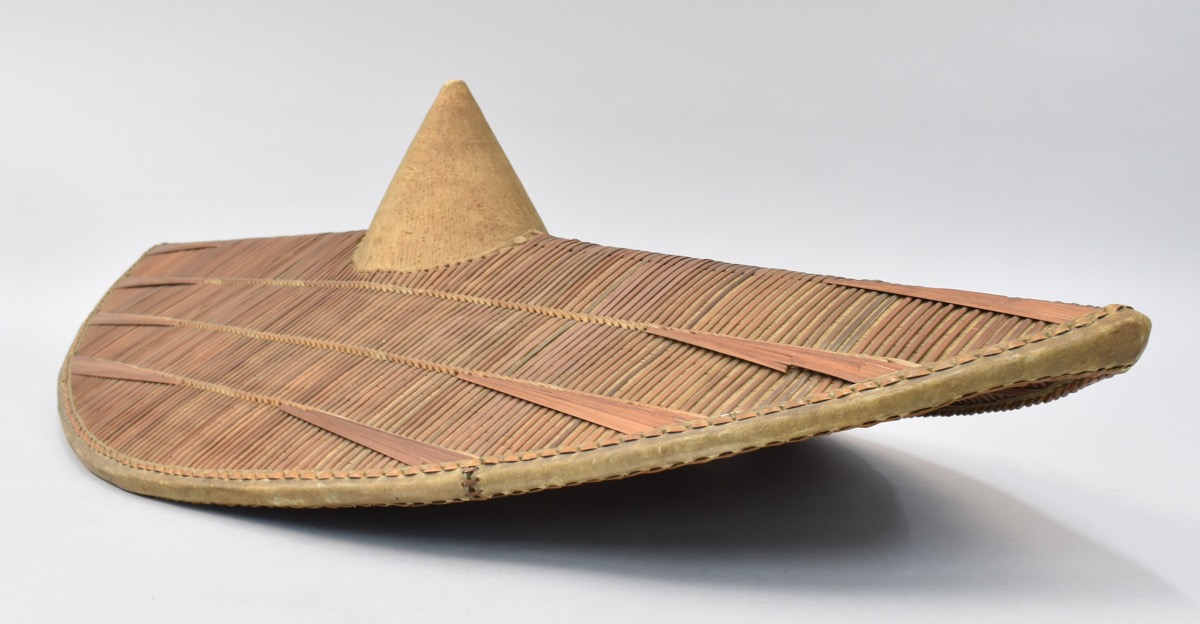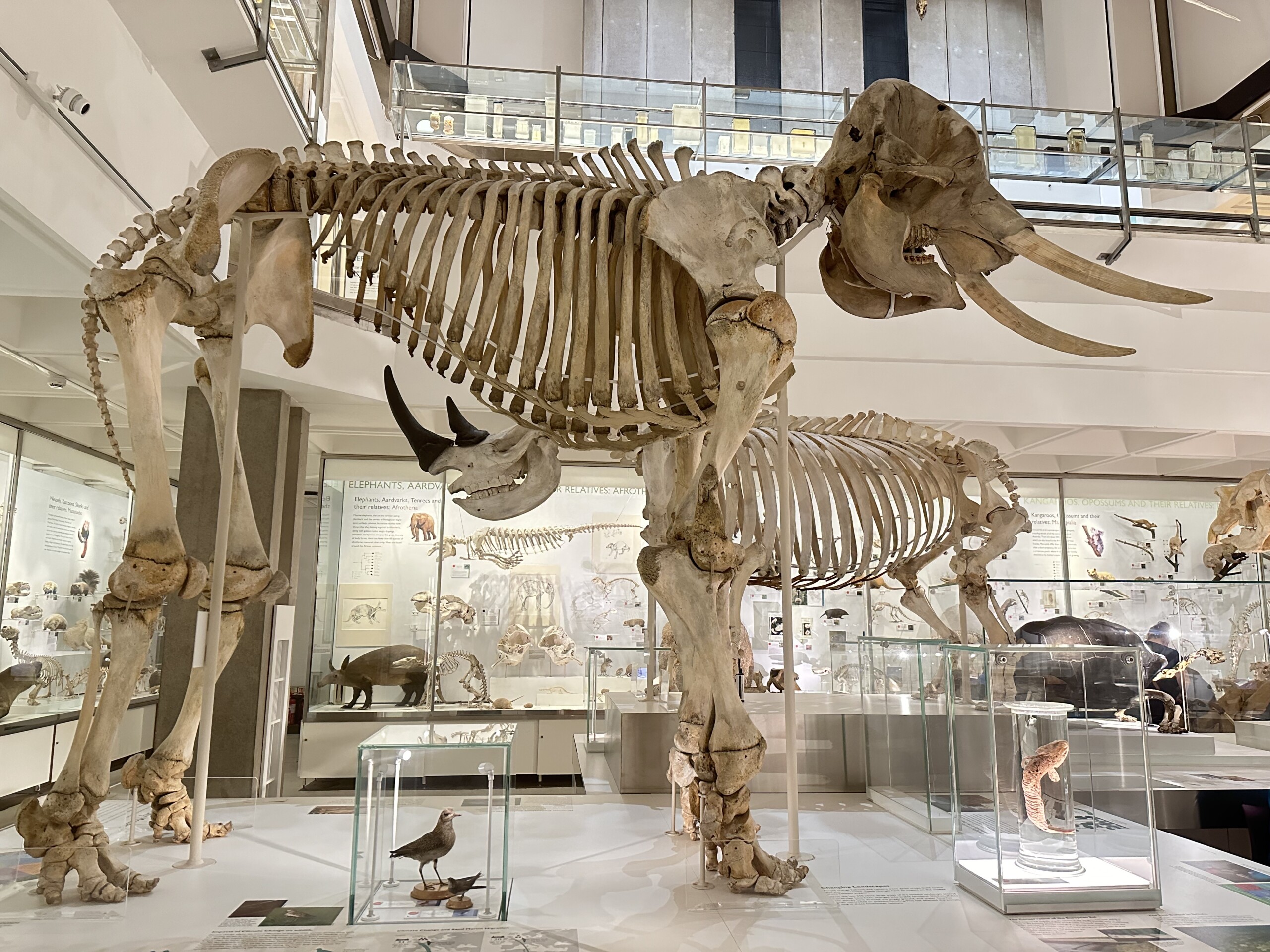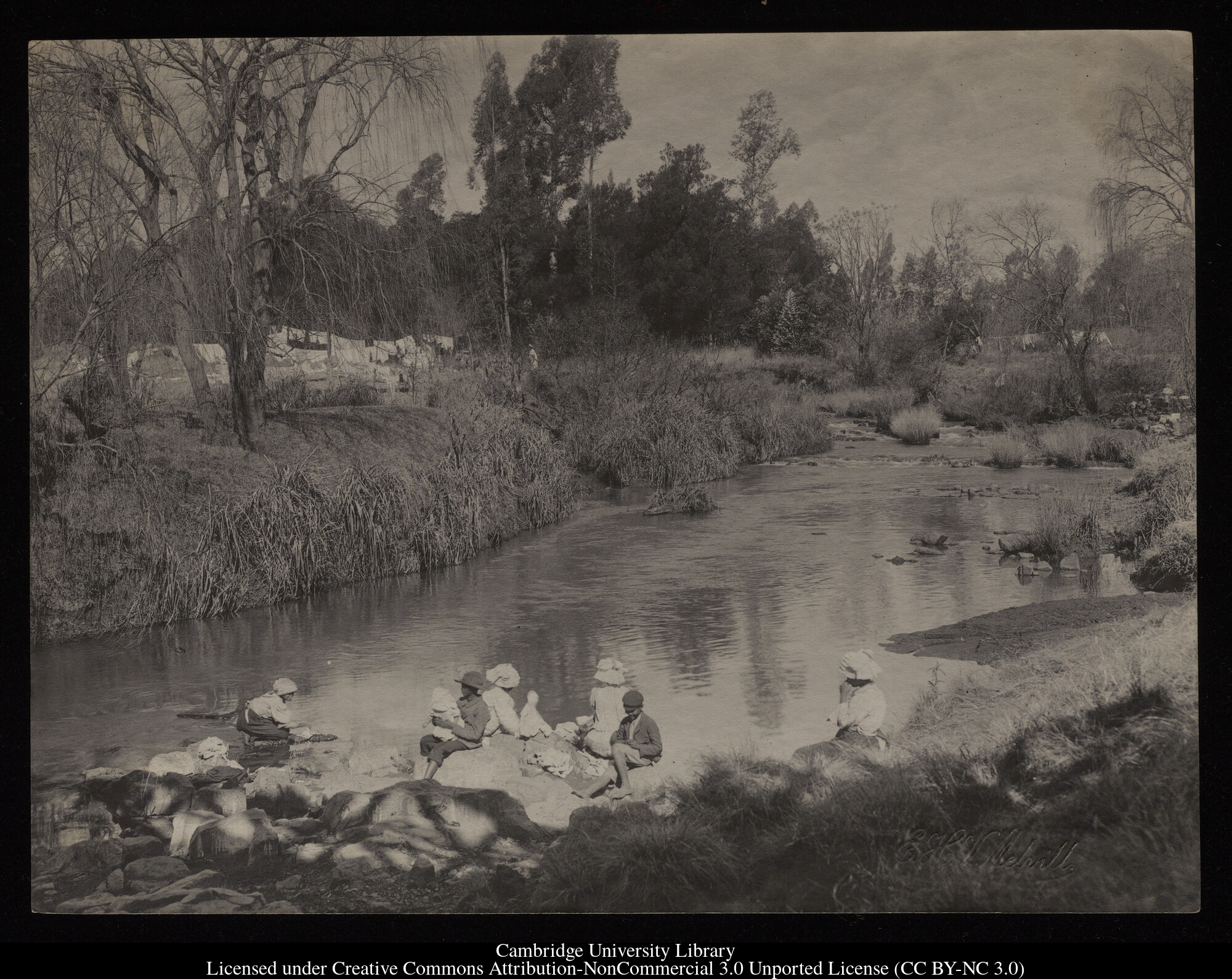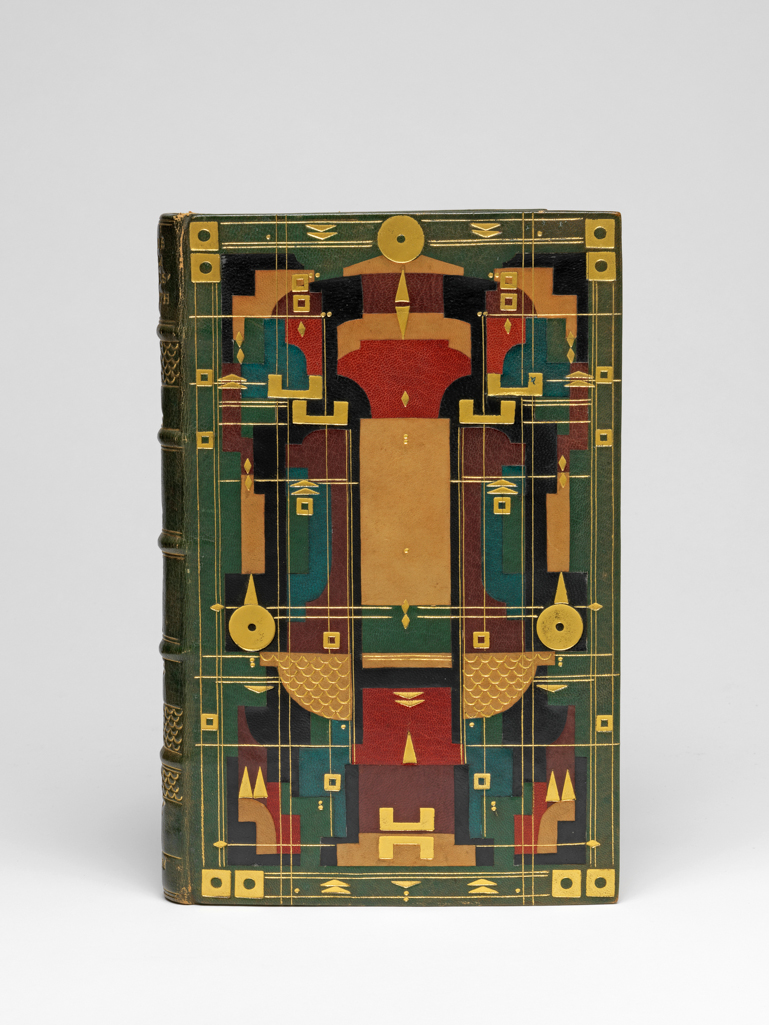Dr Eva Namusoke, Senior Curator, African Collections Futures
This is the first in a series of blogs that will reflect on the activities and findings of the African Collections Futures project. Broadly, the project seeks to develop a better sense of where Africa-related objects and materials are across the University of Cambridge, what kinds of engagements scholars, African research and heritage institutions, and African diaspora and communities of origin have with these objects, and what more can be done. The scope covers the nine institutions (eight museums and the botanic garden) that make up the University of Cambridge Museums (UCM), the University Library, and less well known collections such as those in various university departments and affiliated institutions. The colleges are not covered in this project. Research includes levels of cataloguing, digitisation, and ease of access to collections in addition to exploring the collections contexts. With research encompassing all the countries and island nations of Africa, from pre-history to the present, African Collections Futures covers tens of thousands of items, including material culture, archival materials, and plant and animal specimens. As such, this project will serve as an introduction to African collections at Cambridge, signposting further areas for research, collaboration, and community engagement. In the coming months, we will be working on opportunities for Cambridge’s African students and wider community groups to engage with the collections. The outcomes of this project will be published in a report in late 2024.
Many of the African objects in University of Cambridge museums today were acquired during the period of British colonisation, using a variety of methods ranging from gifting to purchase, commissioning, excavation, and violent extraction. Other recent work at the UCM tackling wider questions of the museums’ relationships to colonisation and enslavement includes the Legacies of Empire and Enslavement programme, and the Black Atlantic exhibition at the Fitzwilliam Museum.
Defining “African collections”
We are using a very broad definition to cover a wide range of items and capture underreported or under-researched materials. Our definition incudes four major categories:
Category A: Items produced in Africa. This category focuses on objects made by African people, and is the category most likely to include artefacts at the centre of conversations around repatriation and restitution. Most of the objects made by African people are in the Museum of Archaeology and Anthropology (MAA), but there are also objects in most of the other museums, the University Library, and several departments.
Example: This shield in the Museum of Archaeology and Anthropology comes from the Buganda Kingdom and is one of over 1500 ethnographic objects in the MAA that are recorded as originating in what is now Uganda. The MAA is currently working with the Uganda Museum on the Repositioning the Uganda Museum project to return some artefacts back to Uganda.

“Shield made of wood and cane with hide rim,” c. 1900s, Uganda, unrecorded maker. Museum of Archaeology and Anthropology ROS 1920.297
Category B) Specimens from the natural world in Africa. This includes plant and animal specimens, and rocks and minerals. The UCM’s natural science museums: the Sedgewick Museum of Earth Sciences, Museum of Zoology, and the Cambridge University Botanic Garden all have specimens from Africa, as does the Cambridge University Herbarium.
Example: The Museum of Zoology holds the university’s largest African specimen, an African elephant from South Africa, which is in the foreground, with a white rhino visible in the background.

African elephant, Addo Bush, Cape Colony, today, Eastern Cape, South Africa, 1884. Museum of Zoology UMZC H.4451. Note: The rhino horns in this photo are replicas.
Category C: Items that significantly depict or reference African people or Africa. Examples include artwork; photographs; archives of Egyptologists, anthropologists, missionaries; maps of Africa. This category includes large amounts of material from museums, the University Library, and departments across the university.
Example: This photographic print from the University Library’s Royal Commonwealth Society Library is included in the Southern African Collections: a co-curation project, a two-year collaboration with the University of Cape Town.

“Washing site, Maritzburg, Natal.” 1899, Natal, today, KwaZulu-Natal, South Africa, E.H.V. Melvill, Royal Commonwealth Society RCS/Y305F/4
Category D: Items made with materials originating in Africa. Items in this category may not be directly related to Africa, but provide means of exploring histories of trade, movements of people, and the development of African technologies among other ideas. Examples include ivory that could be from African animals, and “morocco” or “niger morocco” goat leather possibly from West/North Africa.
Example: Goat leather from west or north Africa called “morroco” or “niger morocco” was a highly sought-after material for binding books in the seventeenth and eighteenth century in England (though the terms were later used to refer to leathers from elsewhere), and is still used for the highest quality bindings today. A collection of Wordsworth poems at the Fitzwilliam Museum features such a binding: “The book was bound by Sybil Pye in green niger morocco with inlays of red, black, green and brown niger and gold tooled with geometric designs. Monogrammed and dated, “MCM SP XXXVII” [1937].”

“Poems from William Wordsworth,” William Wordsworth, 1902-1937, London. Fitzwilliam Museum PB 17-1993
Please keep an eye on this website for further updates. For more on this project, email Eva: enn21@cam.ac.uk

